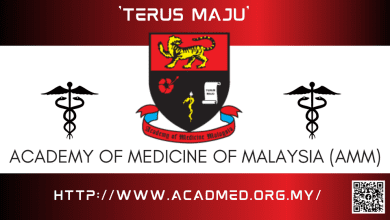Eye Health
Ipoh Echo’s EYE HEALTH series continues with Consultant Eye Surgeon Dr S.S. GILL talking to us about the Lazy Eye or Amblyopia.
The term lazy eye is frequently misused by laymen. It is actually not the eye that is lazy but more that the area of the brain perceiving vision does not develop properly in early childhood. This results in the vision being affected in one eye or in rare instances, even in both eyes. Amblyopia has to be treated before the age of 8 or 9 years, before the “vision area” of the brain completes its development. Once the visual pathways of the brain matures in a blur state, it will remain compromised throughout life.
WHAT NEEDS TO BE TREATED
The effectiveness of treatment lessens with age and so it is important that a child’s vision is checked before school-going age. Treatment will depend on the contributing cause.
1. TREATING ANY REFRACTIVE ERRORS
Any refractive error such as myopia (short-sightedness) or hypermetropia (long-sightedness) has to be detected and treated with the correct spectacle prescription. Young children have a strong accommodative ability of the eyes and so the eye professional will usually advise a cycloplegic refraction to be done. A cycloplegic refraction means special (cycloplegic) eye drops are instilled into the child’s eyes until the pupils are dilated and the eye muscles have relaxed. After this, the eyes are tested for glasses in the usual manner (refraction).
2. TREATING CONDITIONS THAT BLOCK VISION
Any condition that prevents proper vision in an eye because it blocks light from entering may cause eventual lazy eye. These conditions include cataracts, tumours in the eye or even droopy eyelids. These must be treated accordingly.
GETTING THE LAZY EYE TO WORK
A. OCCLUSION/PATCHING
The lazy eye needs to be pushed to start working properly in order for the vision area of the brain to start developing normally. The good eye or normally seeing eye is occluded or patched. This forces the lazy eye to start working and therefore forcing the brain not to ignore the vision from this weak eye. The patching is usually done for several hours. Most kids detest the occlusion of the good eye but parents will need to be firm to enforce the eye patching.
B. ATROPINE EYEDROPS
This is the alternative to children who just will not allow patching of the eyes. Atropine is an eyedrop that is instilled in the good eye making it go blur for near work and therefore forcing the lazy eye to start working. However, some children may have side effects like redness or eye irritation with these eye drops.
C. REPETITIVE TRANSCRANIAL MAGNETIC STIMULATION (rTMS)
Some research is being done in this area. A repetitive focus of magnetic pulses are delivered to the scalp using a handheld device that is placed over it for 30 minutes. This has shown promise in treating children with amblyopia although the mechanism of how this helps is still not known.
In conclusion, parents should look out for the development of lazy eyes in their children and get a basic vision test done in their preschool years. Any amblyopia present must be treated early before the age of 8 or 9 years to avoid missing a lazy eye and it’s life-long implications.


